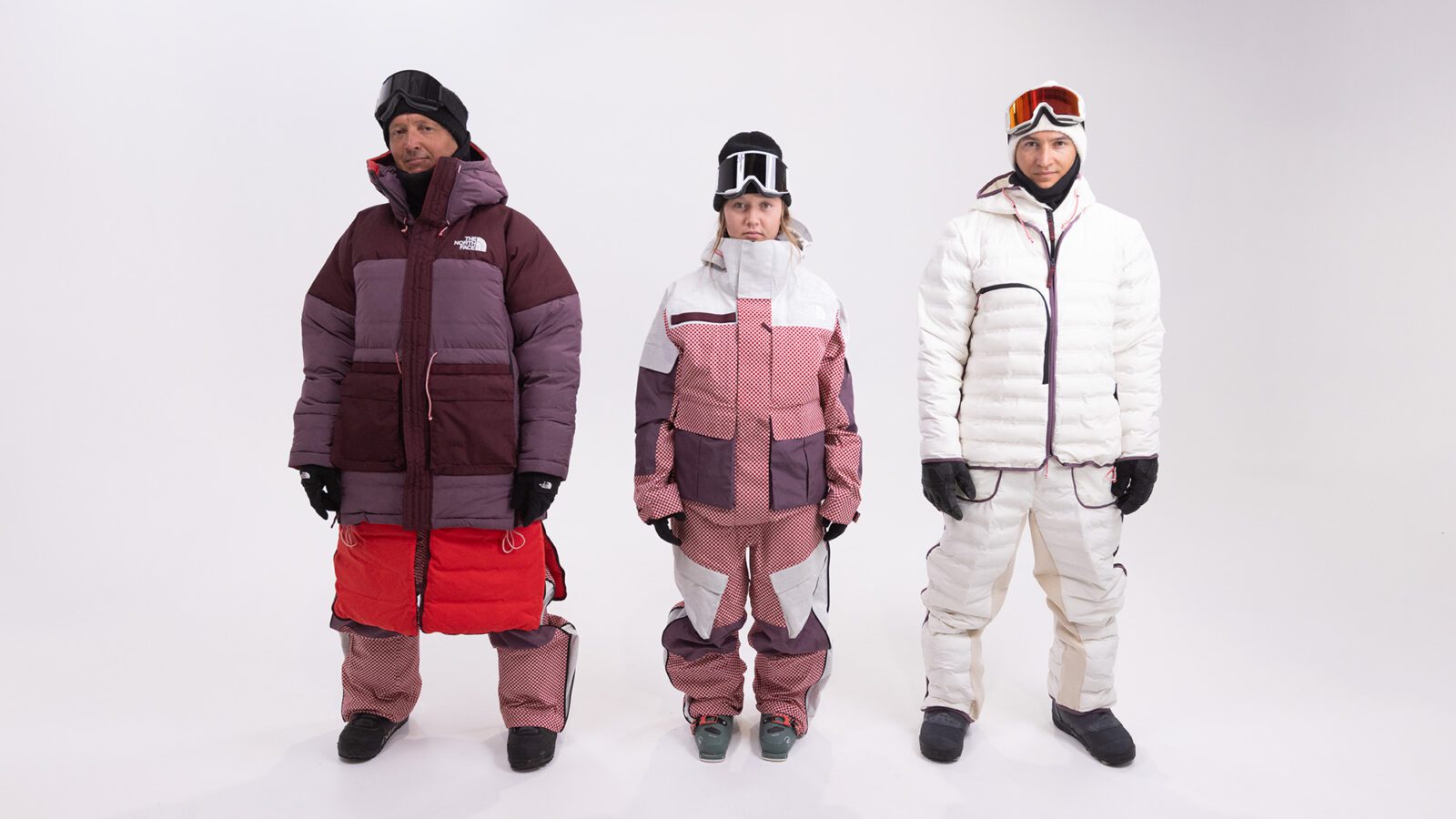How to stay warm and dry on the mountain — perfect your layering system
Words by Alba Pardo
The dos and don’ts on what to wear when you go snowboarding to stay warm, dry and comfortable
Snowboarding is fun, unless you are freezing. And being outside all day means it is a sport that requires the correct clothing strategy. Equipping yourself with the right layers and understanding the layering system is the secret sauce that will keep you comfortable and performing well in the mountains. Here’s a breakdown of everything you need to know get dressed for a day on the slopes, some tips and common mistakes to avoid when packing and layering up. As well as some of our all time favourite gear that will help you stay warm.
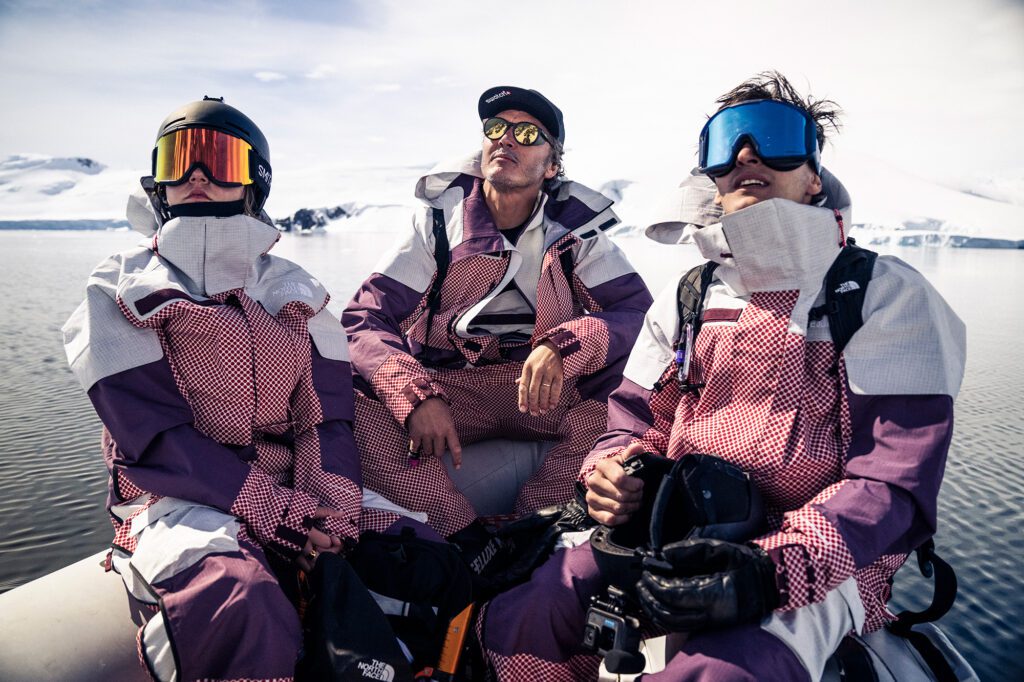
But, why you need to layer up while snowboarding
The mountain environment is fickle. Temperatures can vary widely, and your body creates a lot of heat when you ride. With an applicable layering system, you can:
- Regulate body temperature
- Manage moisture
- Batten down the hatches against wind and cold
- Adjust to varying weather conditions
We can all endure bad weather, hot weather or wet weather, for a little bit. Sure. But have you spent all summer planning that trip to the mountains to only be able to do a little bit because you have the wrong gear and your frozen fingers or your wet ass is so unbearable that you need to head straight to the aprés-ski? If, you don’t mind that stop reading and go find your Aprés-Ski International Magazine. If you want to endure all day and rip around comfortably until your legs say enough. Layer up, and keep reading.
The three-layer system of snowboarding clothing
1. Base layer: Your first line of moisture-wicking defense
The base layer is your primary line of defense against cold and moisture. When making the selection for this first layer you are going to want to consider these few tips:
- Opt for natural materials like merino wool or synthetic fabrics
- Stay away from cotton, which holds moisture and will chill you
- Search for tops and bottoms that fit closely — these can trap heat while wicking sweat
How thick the first layer is depends on temperature and personal metabolism and preference
Pro Tip: Using a seamless type base layer will help keep you chafe free and more comfortable on long days in the mountain.
Some of our favorite proven and tested base layers:
- The North Face A68-a Circular DotKnit Baselayer
The unisex A68-a Circular DotKnit Baselayer Leggings leverage their DotKnit technology that uses hydrophobic inner yarns, hydrophilic outer yarns and engineered holes to pull moisture from the skin and expel it to the outside. This means you’ll stay cool and dry during high-output adventures.
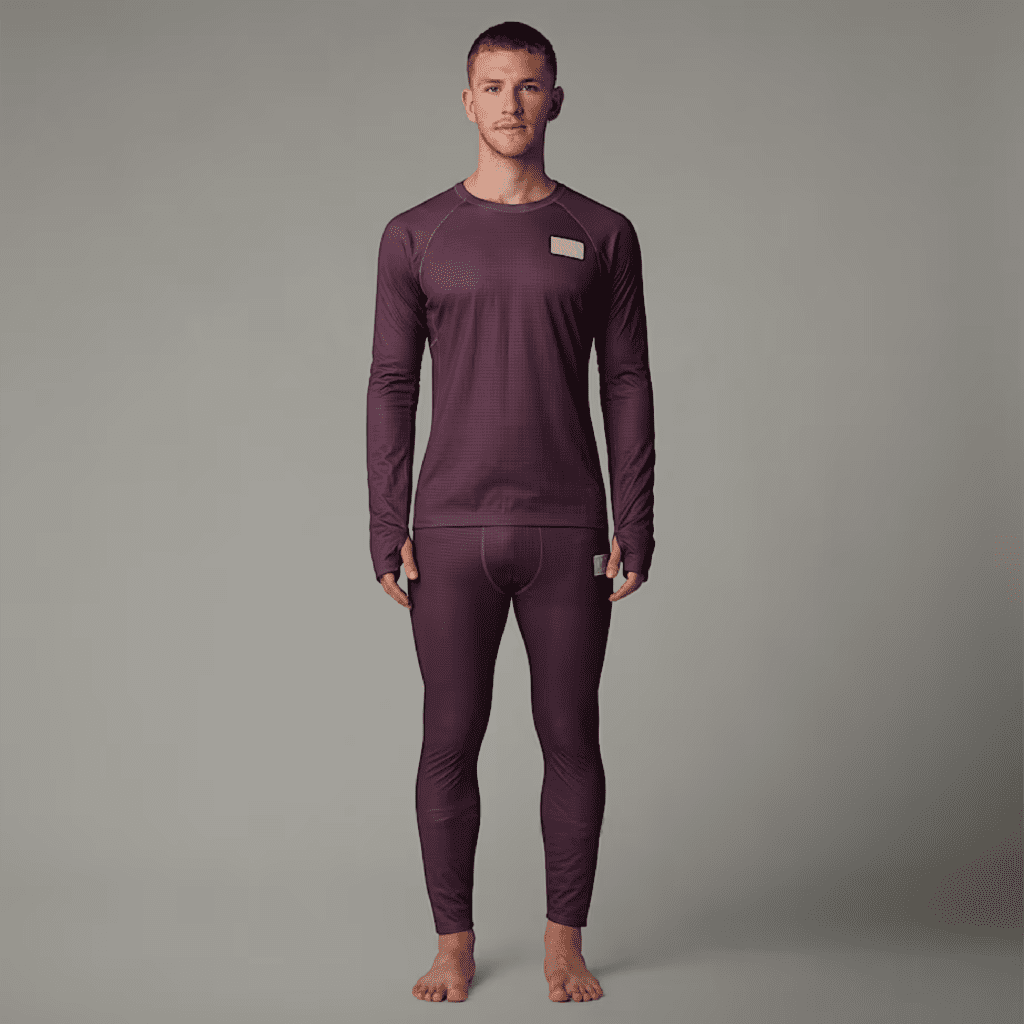
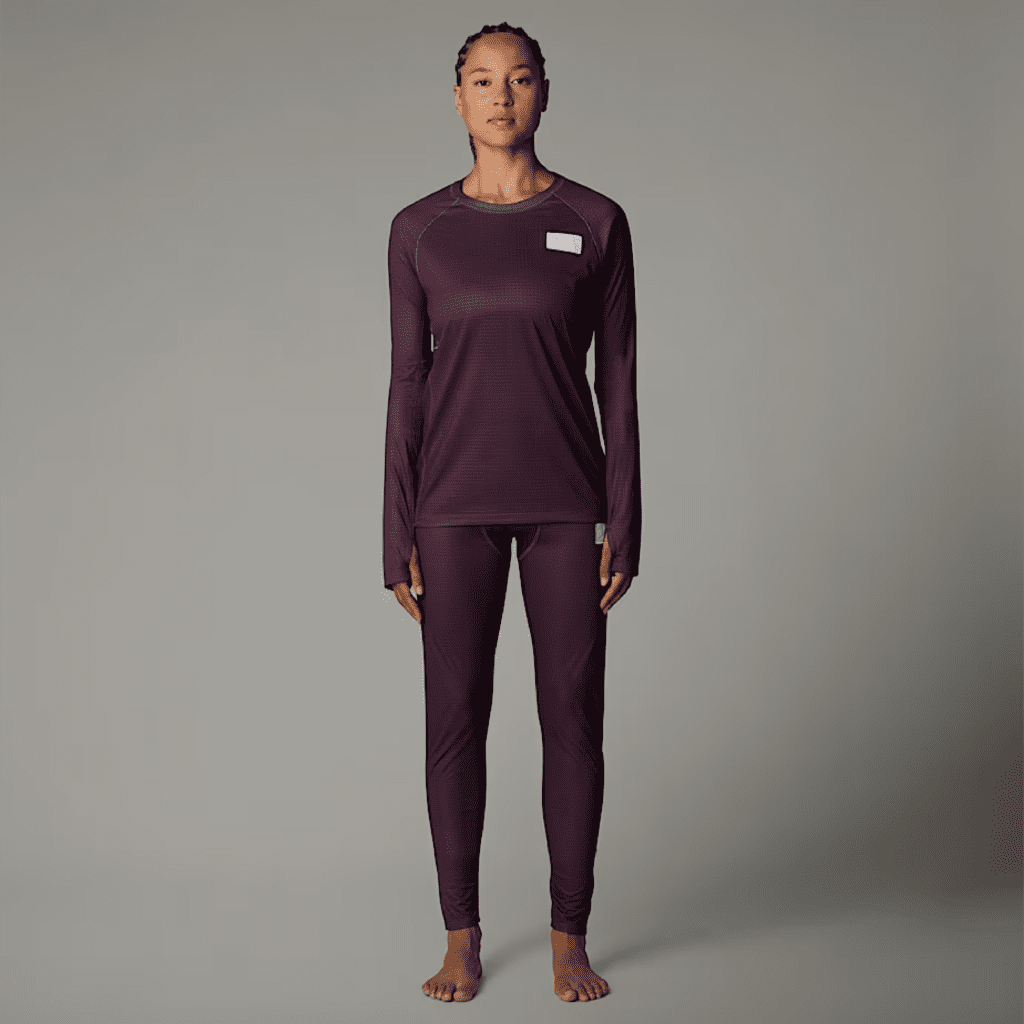
- Mons Royale Unisex Yotei Merino Classic Long Sleeve
The technical performance of merino matched with uncompromised style, the Yotei Classic has the versatility of being work on and off the mountain. It can be worn on its own or over a base layer. Made using our 100% Merino, which is warm, breathable and odour resistant.
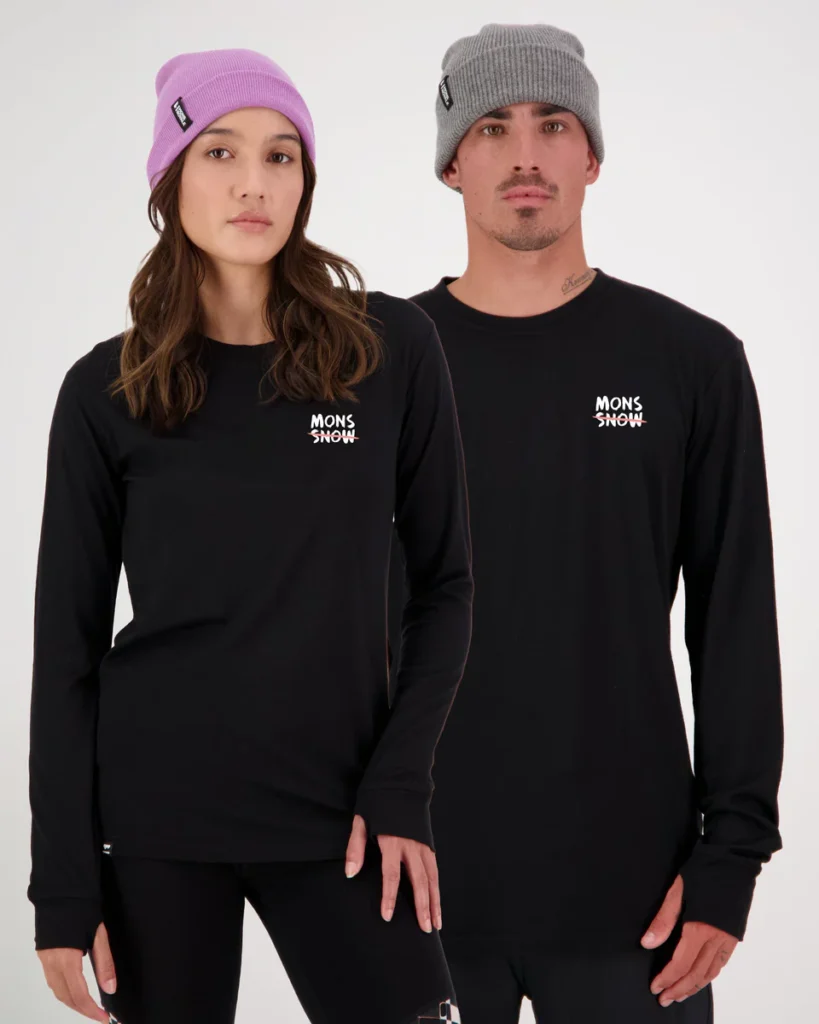
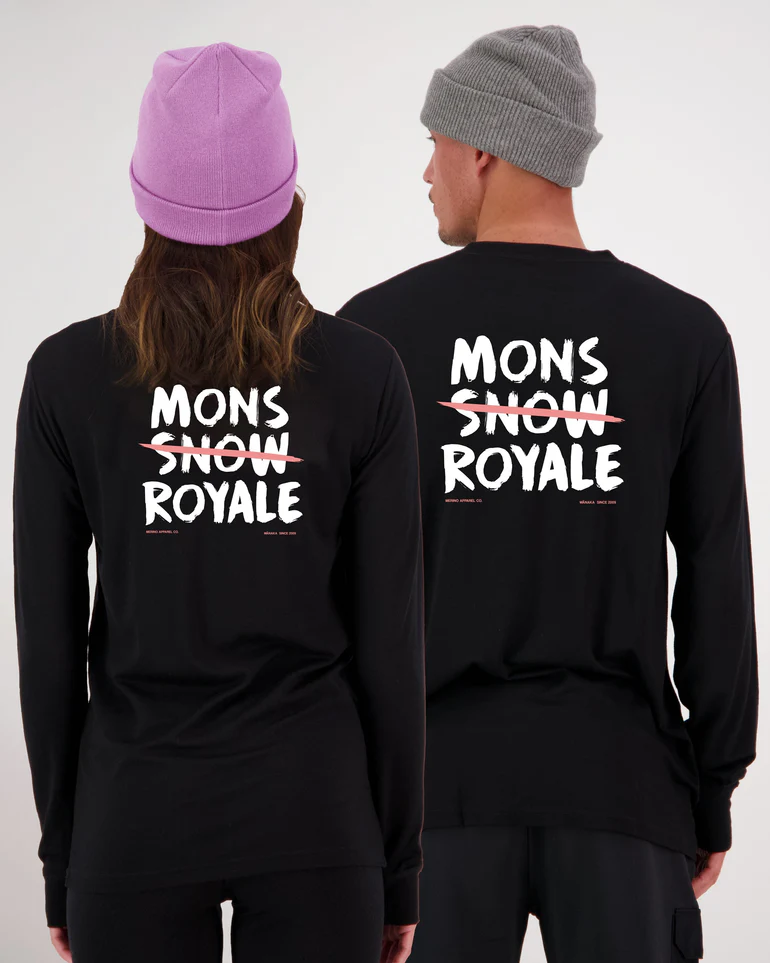
- Woolf Merino Svarthetta LS Performance Base Layer Shirt & Pants
Made with Tencel knit Merino wool and advanced ventilation zones, it regulates temperature and efficiently wicks moisture in high heat. Stay comfortable and dry with this high-performance Merino wool set.
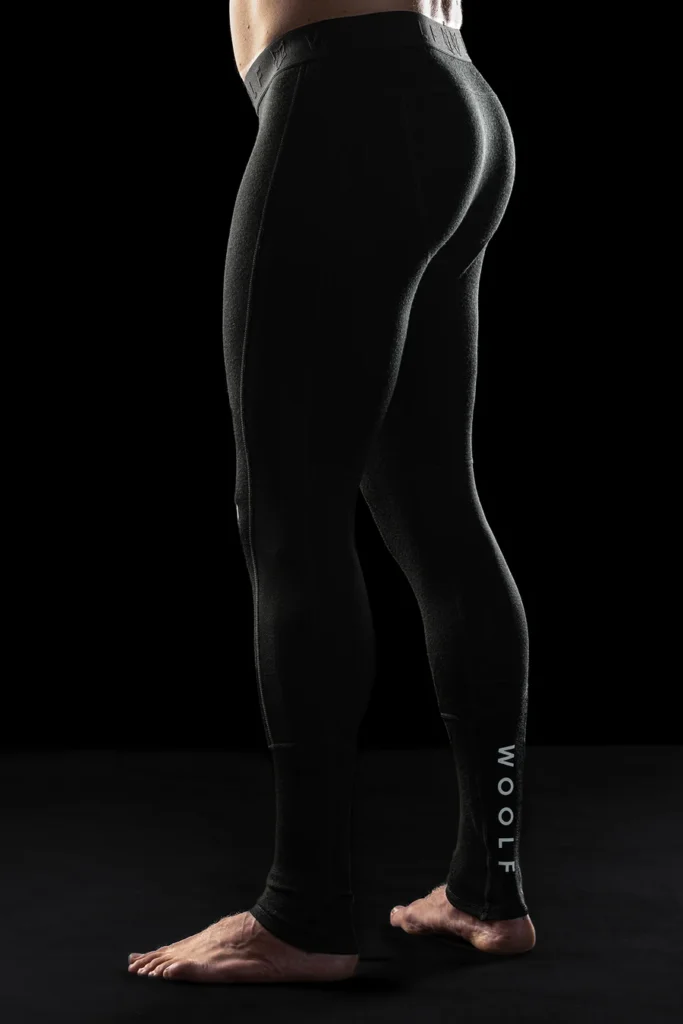
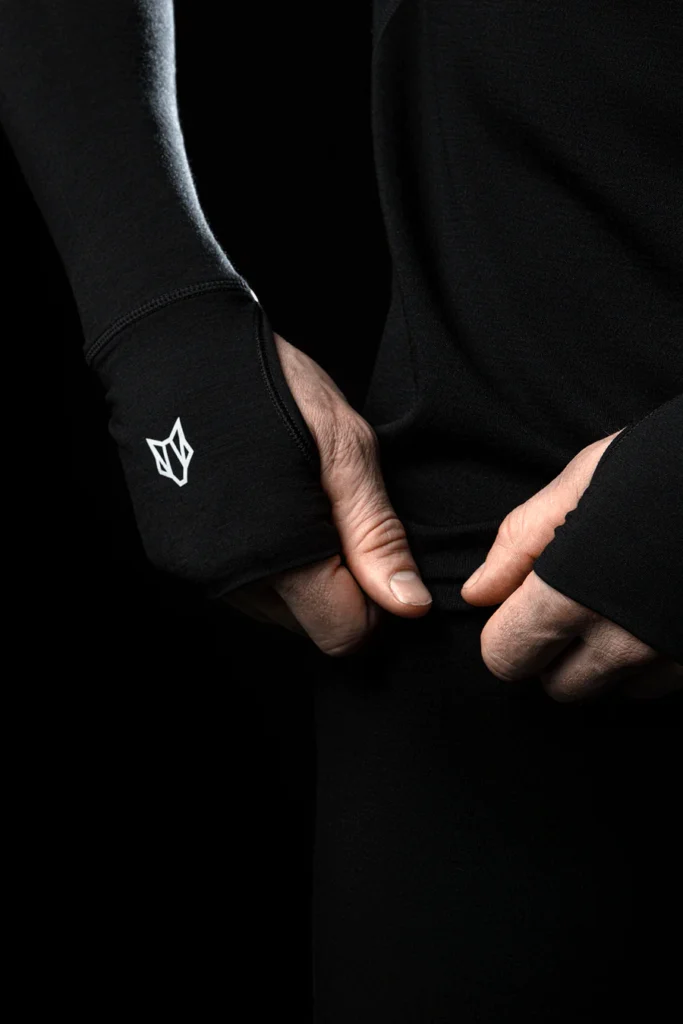
2. Mid layer: Insulation is key
Your mid layer is designed to trap warm air and provide insulation. Options include:
- Fleece jackets
- Fleeces or light down- or synthetic-filled puffy jackets
- Wool sweaters
- Soft shell jackets
The objective is just to produce a warm air space amongst your base clothes and outer clothes, without limiting your motion.
Pro tip: Choose packable layers: Use materials that compress easily and have a high warmth-to-weight ratio.
Our comfiest and warmest choices:
- The North Face A68-a DotKnit Thermal Hooded Jacket and Pants
Thanks to Dotknit Thermal, this unisex hooded jacket and pants provide an advanced level of defence against the cold. The double-knit performance fabric actively pulls moisture from the skin and pushes it to the outside of the garment, allowing for increased airflow and sweat evaporation. Combined with FlashDry-Pro™, the active wicking power keeps you dry and comfortable in extreme conditions at high altitudes. Wear it under a waterproof shell for complete weather protection.
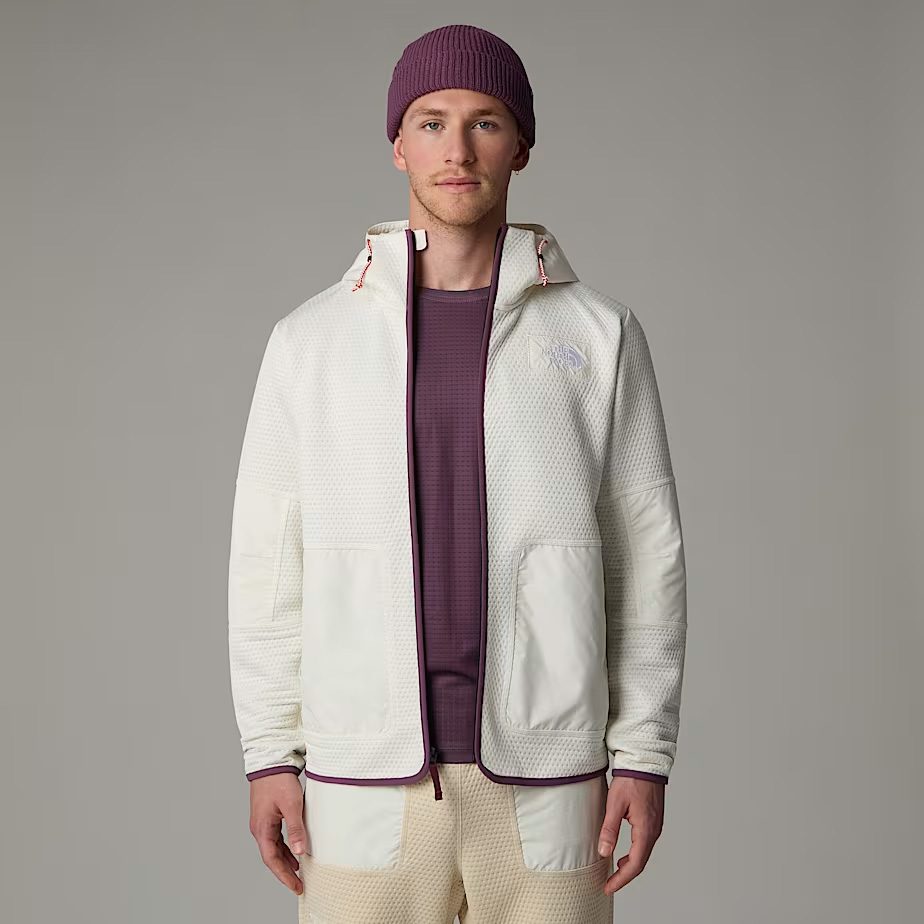
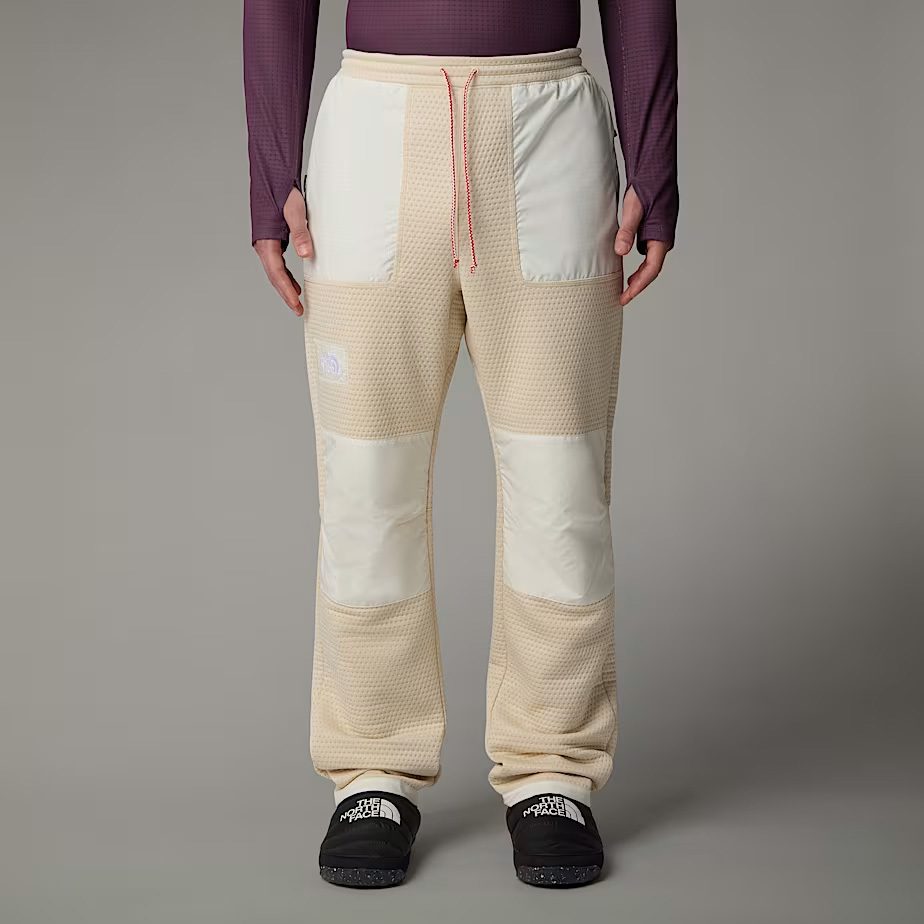
- Oxbow: Argulas Fleece for her Aruyas fleece for him
This pull-on fleece made from recycled material is made in Portugal. Functionality, versatility and eco-responsibility are the key words of this range.
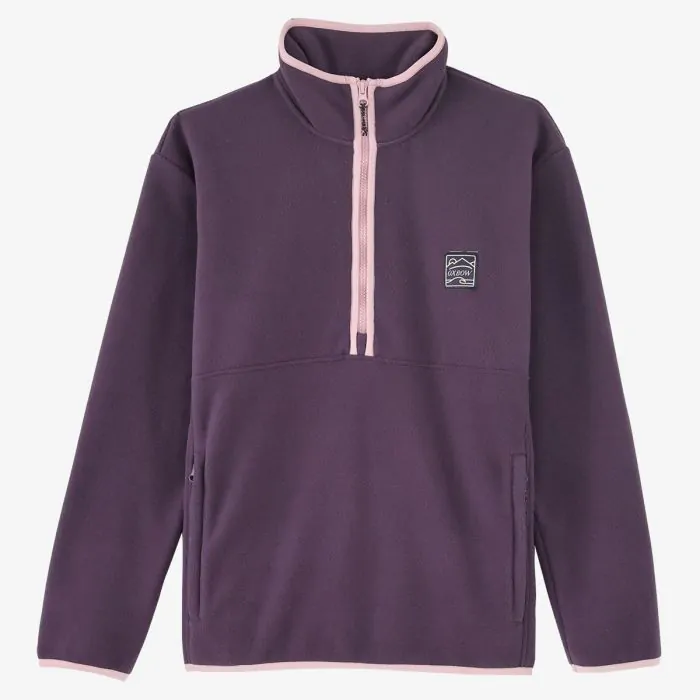
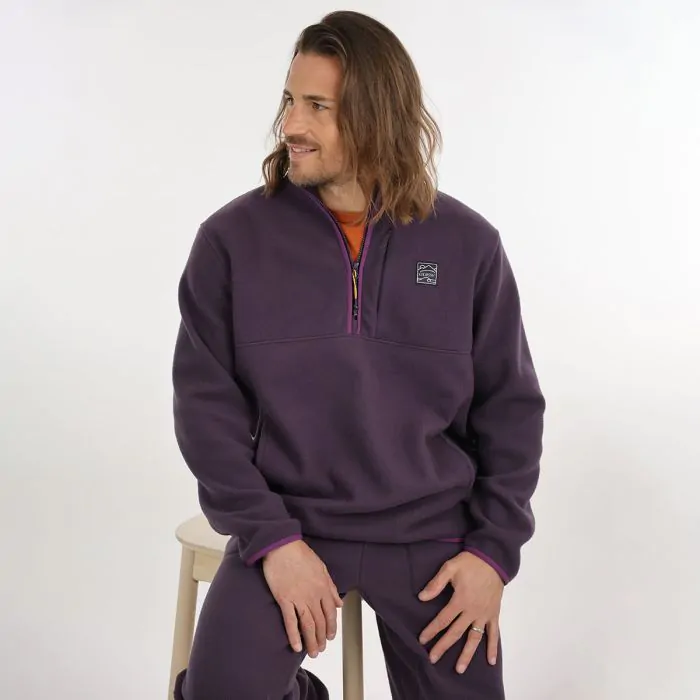
- Burton [ak] Ultralight Baker Down Jacket for men and for women
Ultralight and supremely packable, the men’s Burton [ak] Baker Ultralight Down Jacket is so light and functional, there’s no reason to leave it behind. It’s for those adventures when you need all the warmth you can get with the lowest possible weight penalty. Responsibly-sourced down combined with a minimalist design set this jacket apart from others. It’s the warm layer that always makes the cut, ’cause there’s always room for it.
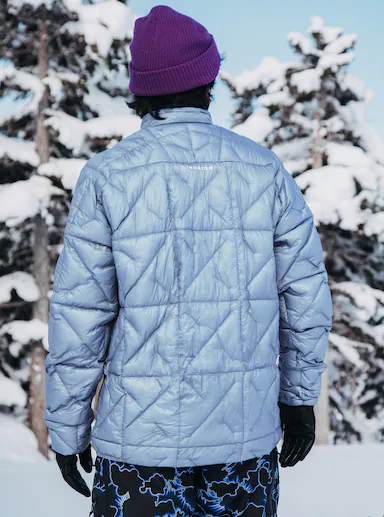
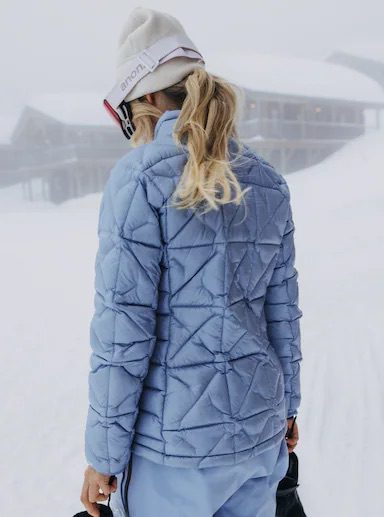
3. Outer layer: The barrier between you and the weather
The outer layer protects you from the wind, snow and moisture. You get it, the jacket. Can be insulated or just a technical shell, but regardless you should look for:
- Jackets and pants that are waterproof and breathable
- Sealed seams to stop water creeping in
- Thermal management venting zips
- Axial covering in regions that tend to wear more
Some of our favorite jackets this year:
The STOKED project has a simple statement: do everything we can to make a garment with the least possible environmental impact.
This super technical shell jacket is one of the lightest jackets out there, offers everything you can expect from a shell sealed zippers, helmet-compatible hood, breathability and comfort. But it’s also made rather sustainably compared to other jackets. The source says: “The carbon footprint of this garment made in France from upcycled fabric is only 0.9 Kg of CO2. That means -95% compared to a conventional jacket.” – That is no easy feat. And on top of that, it looks good. So, yes, Stoked is quite fitting.
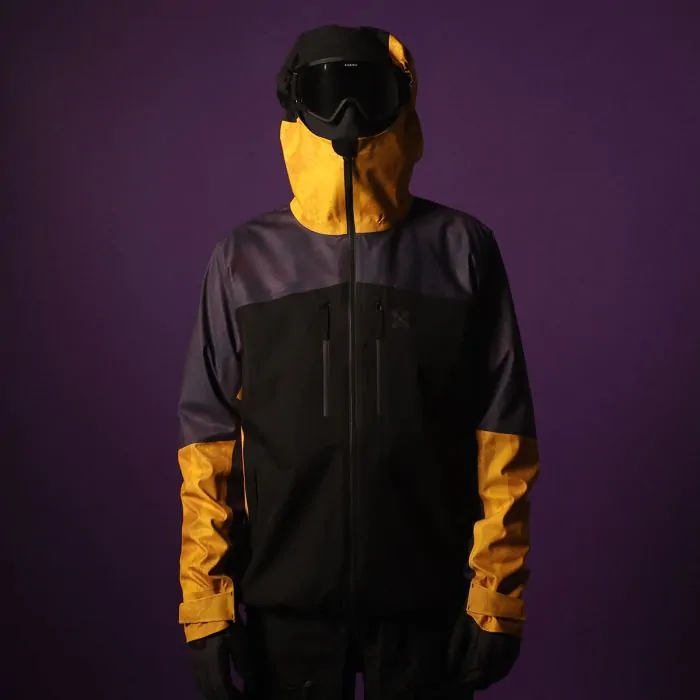
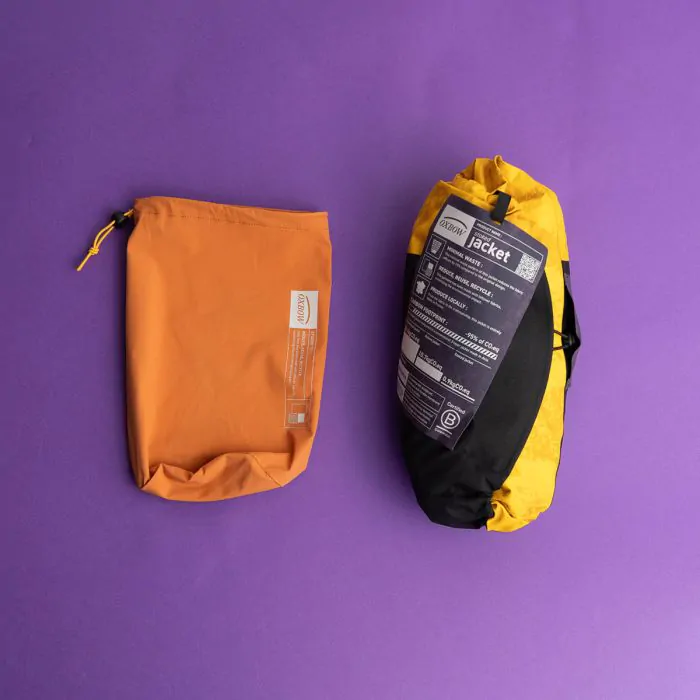
- The North Face A68-a DryVent™ Mono Shell Bib Trousers and Jacket
Three-layer DryVent™ fabric completely blocks out wind and snow in extreme high-altitude conditions, while the 3/4 length size zip helps maintain a good level of breathability, even during periods of high-output activity. It presents one of these designs that will grow on you the more you wear it, but the functionality and comfort is so good that you won’t even fear standing out too much the first time you wear it. It is also made from recycled materials and like all the A6b line it has a circular design, which means that it’s thoughtfully designed to be disassembled and recycled at the end of its life into raw materials for a second generation of products.
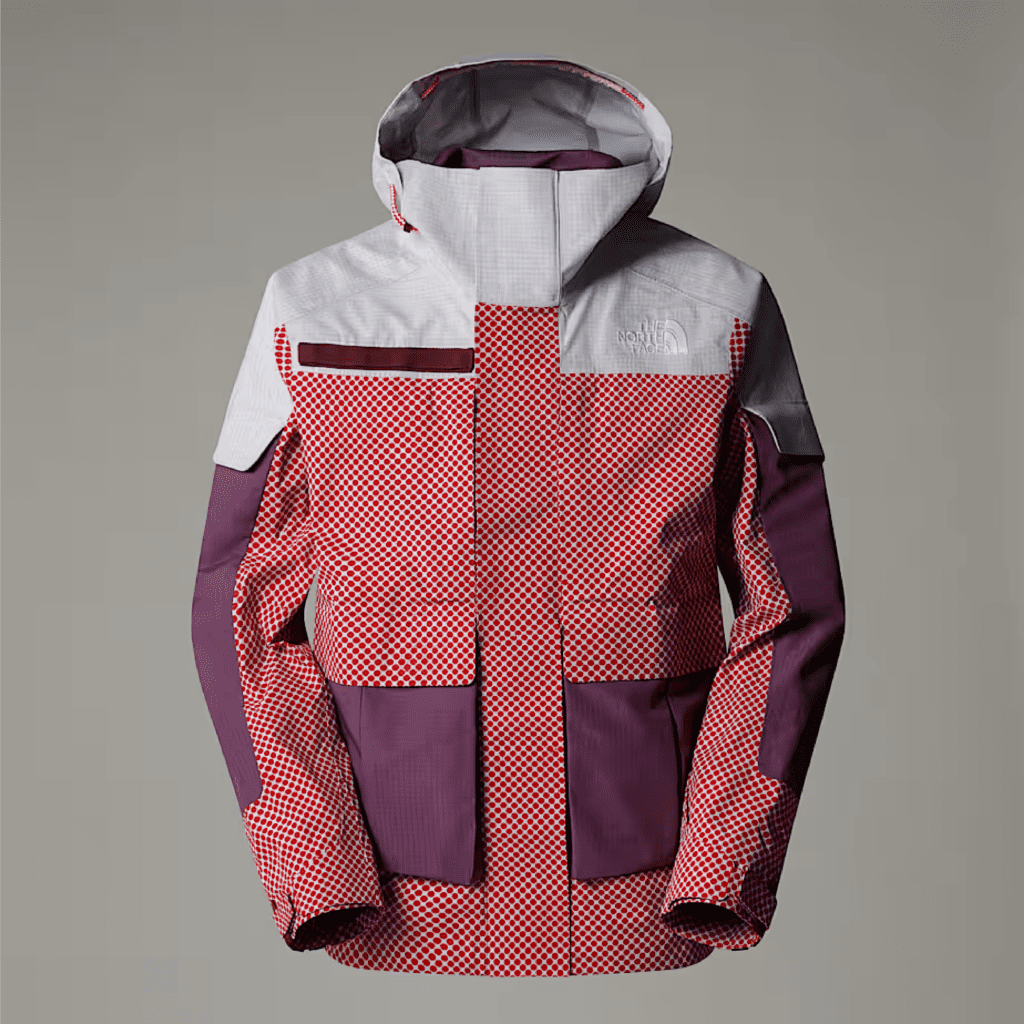
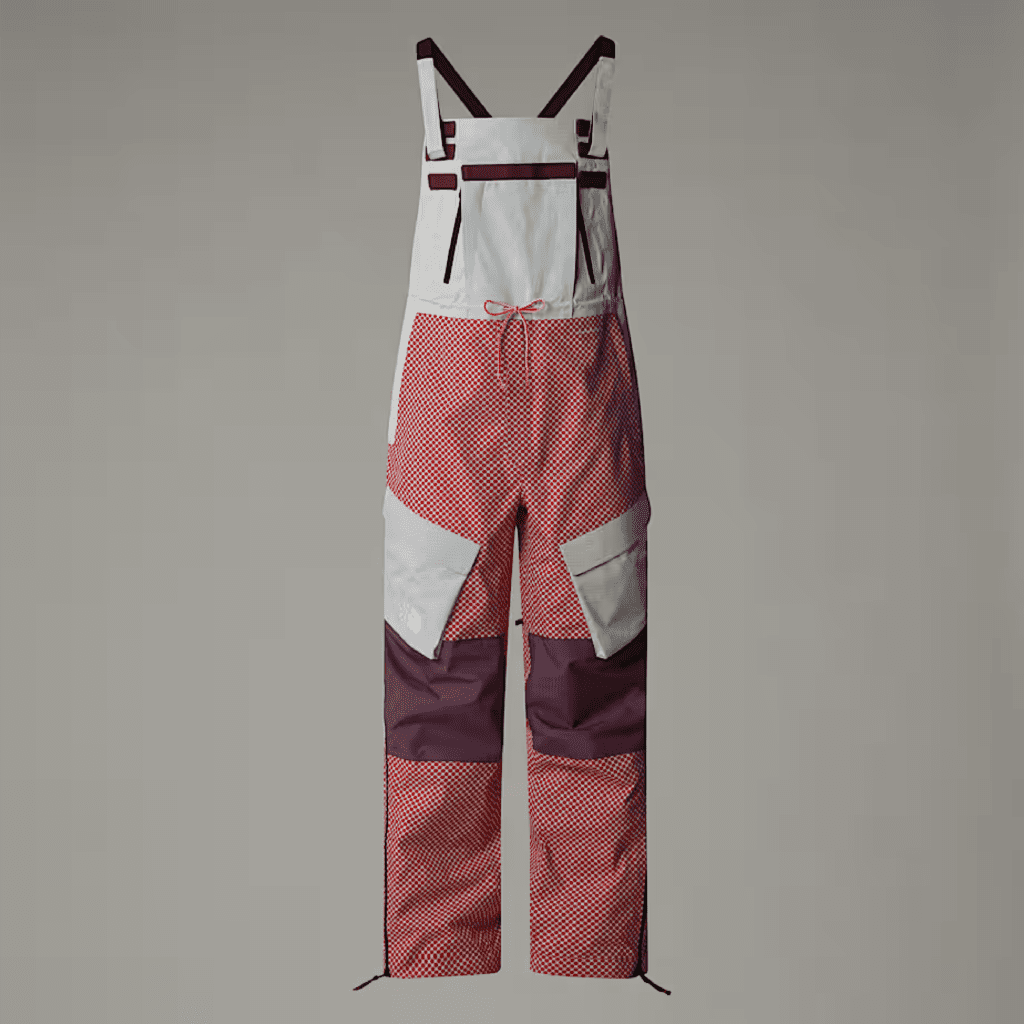
Layering above and beyond
The Down Jackets!
Sometimes a shell is not enough and you need that extra warmth, maybe after the run, maybe in between or just because you are a shiverer. Regardless, a good down jacket that you should invest on and everyone should have one. It will probably be the jacket you end up using the most in the day to day life as well as your cozy jacket those days that is extra cold or that you just want to be comfortable.
Here are the jackets I own and that I personally call “My Best Jacket in the World Kacket Number 1 and Number 2“.
- My Best Jacket in the World Jacket number 1: Burton [ak] Expedition Down Jacket
Think about when you get in bed at night, and you are slightly cold and pull your amazing comfy duvet over you. This is the feeling you get every time you put on this jacket. It’s soft, comfortable, and incredibly warm. It is also very light and it packs down well in the compression pouch it comes with so you can easily pack it, takes a bit of space, but not much weight. And it’s the one jacket you won’t want to leave behind. The only down side is that the outer fabric can be delicate so you need to be careful not to rip it, also, it’s not waterproof, take on some light rain, but you will need cover if it’s a wet day.
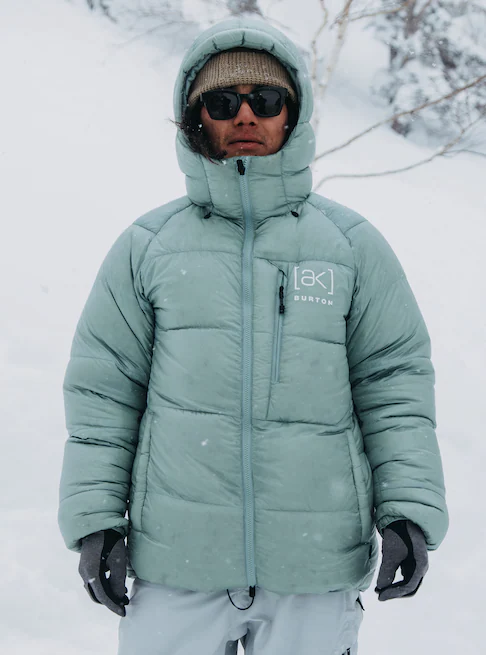
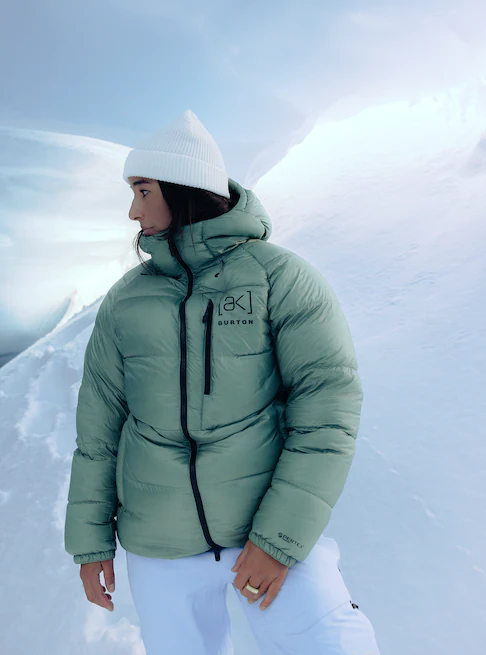
- My Best Jacket in the World Jacket number 2: The North Face A68-a TripleBaffle™ Parka
If you were planning a trip to Antarctica, yes, to the South Pole, which jacket would you choose? Well, infamous freerider Xavier de Le Rue choose this one. Okay. I use it to get my daughter from school or for heavy days that you need to be outside for a long time. But thanks to this jacket, I discovered that if it snows or it’s windy, you can still wear a down jacket, because its water and windproof. AND you can have the length warm too if you choose to hear the extra flaps. I mean, if you are going to fantasise on doing De Le Rue’s lines, you might as well do it comfortably. It doesn’t pack down small and it can be a bit heavy, but it doesn’t matter because you will not want to take it off. Promise.
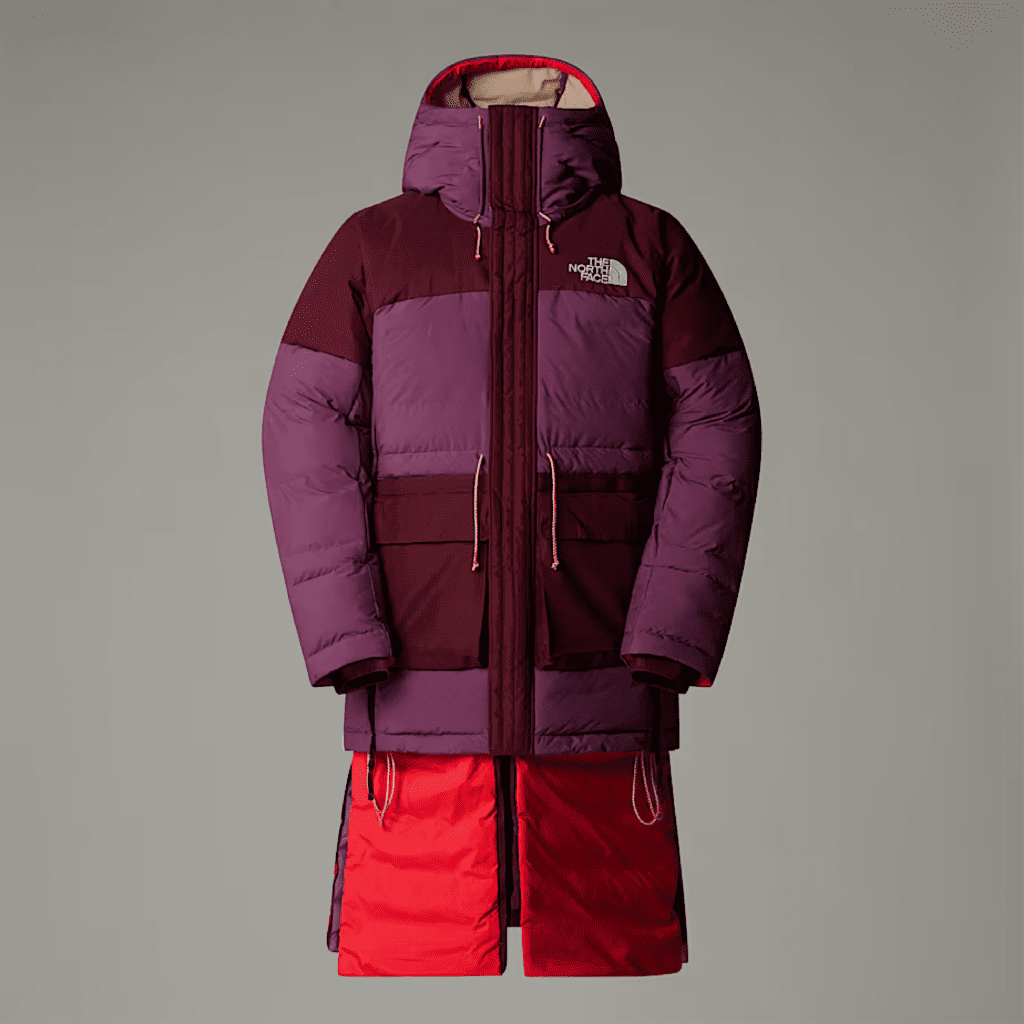
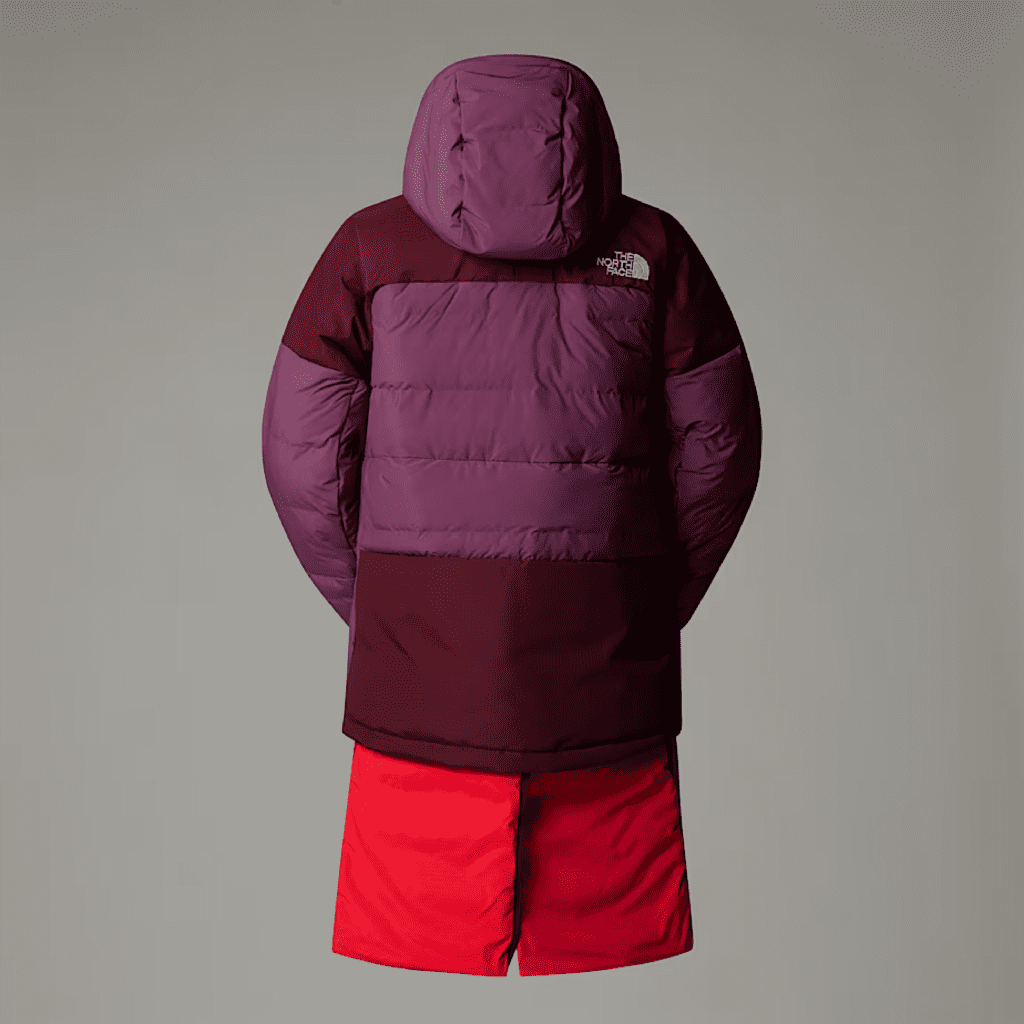
Socks
Invest in moisture-wicking, padded snowboarding socks. The best temperature regulation is offered by Merino wool blends, BUT! Don’t ever wear more than one pair; that can cut off circulation. If you have sweaty feet you can always chuck an extra pair in the backpack.
Accessories
- Thermal neck warmers
- Warmth-integrating beanies or toques
- Properly insulated waterproof gloves — Use thin liner gloves to provide extra warmth
Tips for layering in various conditions
In cold, dry days: add a mid-layer for warmth. During warm, wet days: Choose lighter, breathable layers and for backcountry riding: pack additional layers and a shell for emergency.
Top mistakes to avoid when layering
- Wearing too many layers, leading to… excessive sweating — Don’t over do it. We’ve all been there, but if you start sweating get layers off immediately (and see point number 4).
- Wearing non-technical clothing that absorbs water — there is a reason why the “Jerry’s of the day” always seem to be wearing jeans.
- Neglecting the importance of a proper base layer — when you find asking yourself, do I need a base layer today, the answer is always: yes!
- Forgetting to adjust layers throughout the day — don’t be lazy or you will pay the price later!
The layering system may take some time to master, especially when it comes to deciding on the right outfit or adapting to the weather, but because it’s so versatile you’ll be able to accommodate during the day depending on conditions, and it’s key for ensuring a great experience in the mountain.
Invest in good technical equipment, know your own body with regard to temperature, and be ready to adjust the layers over the course of the day.
The proper layers could make or break a horrible day on the mountain versus an epic snowboarding adventure.
Do you still have questions? Always speak to local snowboard shop experts and outdoor gear professionals.

